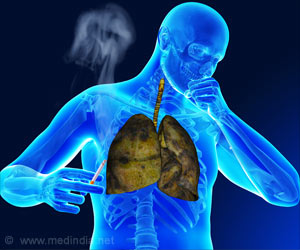Researchers have now shown for the first time that B. cereus has an alternative lifestyle in the form of so called small colony variants (SCVs).

‘Researchers at the University of Veterinary Medicine Vienna have shown for the first time that bacterium B. cereus has an alternative lifestyle in the form of so called small colony variants (SCVs).’





"The bacterium protects itself against the harmful effects of the antibiotics by forming these Small Colony Variants. But B. cereus is usually treated with exactly those antibiotics which induce the SCV state. If an antibiotic triggers the formation of SCVs, it also triggers resistance," first author Frenzel explains. Rethinking therapy and diagnostics
The mechanism discovered by Frenzel, Kranzler and Ehling-Schulz is of enormous significance in clinical practice. Traditional diagnostic methods are based on the identification of metabolic features of B. cereus. These tests will not detect SCVs, however, as they have a slower, altered metabolism. This may result in incorrect antibiotic therapies or even failed diagnoses. Study author Frenzel sees molecular-based diagnostics as the only way to diagnose this form of B. cereus.
Treating B. cereus infections using only aminoglycoside antibiotics could bear the risk of a prolonged infection. SCVs grow more slowly, but they still produce toxins that are harmful to the body. "In this case, a combination therapy with other antibiotic groups is advisable," Frenzel recommends.
New molecular mechanism of SCV formation
Advertisement
Environmental niche to cope with stress
Advertisement
Source-Eurekalert















